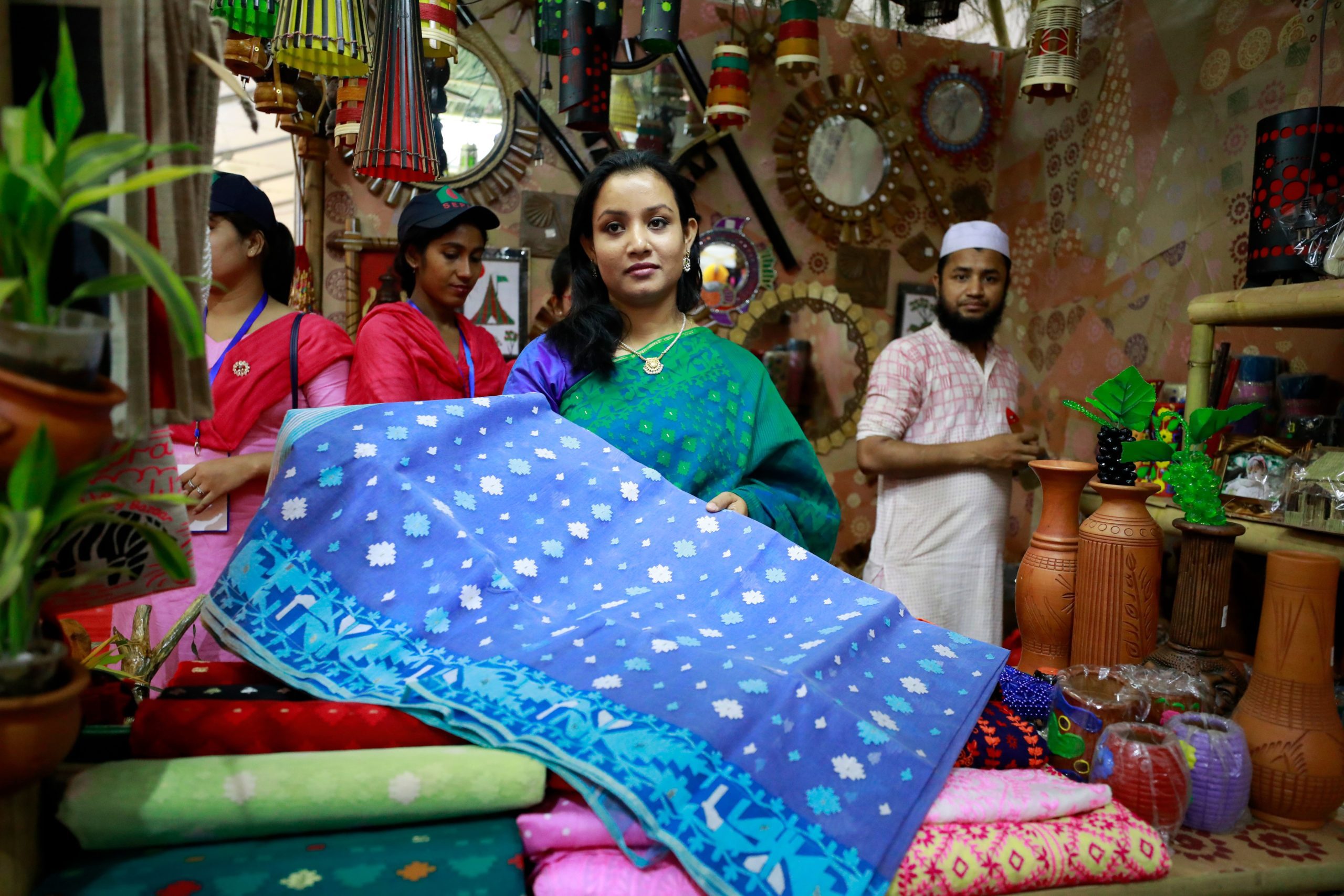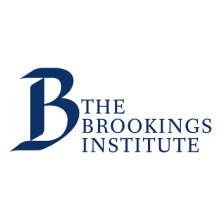
This year, as Bangladesh celebrates the 50th anniversary of its independence, a plethora of writings have tried to explain its remarkable transformation from a country known for famines and natural disasters to one of the fastest-growing economies in the world. The narratives repeat the same themes, i.e., Bangladesh’s impressive performance on several social indicators, the success of its garment exports, remittances by migrant workers, the spread of microfinance, and the remarkable role of NGOs.
Lost in these narratives is the important role of government. In some writings, government is the villain—the impressive performance of Bangladesh is said to have happened “despite the government.” Those who do mention government, say government helped development by staying out of the way, by granting NGOs the space to deliver social services long considered the responsibility of government.
Government has been a major player in the development journey of Bangladesh since independence in 1971.
But government has been a major player in the development journey of Bangladesh since independence in 1971. By ignoring this perspective, most narratives on Bangladesh have missed an opportunity to demonstrate how a government, weak in many respects, can nonetheless make strategic contributions to development over a prolonged period.
Take, for example, the government’s investment in rural road construction in the late 1980s and the 1990s. By the mid-1980s, the country had a good network of roads linking the medium-sized cities to the larger ones, including the capital Dhaka and the major port city, Chittagong. However, rural Bangladesh suffered from poor connectivity. Most roads linking the villages with one another, and with the cities, were not paved and not accessible throughout the year. This situation was remarkably transformed within a span of 10 years, from 1988 to 1997, with the construction of the so-called feeder roads. In 1988, Bangladesh had about 3,000 kilometers of feeder roads. By 1997, this network expanded to 15,500 kilometers. These “last-mile” all-weather roads helped connect the villages of Bangladesh to the rest of the country.
The origins of this transformative road construction program may be traced to a 1984 paper by the Bangladesh Planning Commission. The paper, “Strategy for Rural Development Projects,” took a hard look at past rural development projects. It concluded that these projects had failed to achieve their professed goal of alleviating rural poverty. The reason: too much focus on agricultural growth, ignoring the importance of rural infrastructure. The strategy paper argued that future rural development efforts should also include physical infrastructure such as roads, storage facilities, and marketplaces. This helped catalyze the rural road infrastructure program mentioned earlier.
Related Content
Something else was brewing at that time, which had a far-reaching impact in rural Bangladesh. After ups and downs in the 1960s, the production of rice, the country’s main crop, moved to a trajectory of modest, but sustained, growth from 1972. Use of high-yielding varieties (HYV) of rice, first introduced in the 1960s, expanded. Also, aided by irrigation, there was a significant expansion of rice cultivation in the dry winter months.
As the transformative potential of irrigation and HYV rice got recognized, the government started liberalizing agricultural input markets in the 1980s. It removed certain restrictions on the import of pumps and small diesel engines used for irrigation, and privatized the distribution and import of fertilizer, a key input for HYV rice cultivation. While experts recommended bolder reforms, the government initially moved slowly with small, incremental reforms. However, a slowdown of agricultural production in the mid-1980s led to a government review that recommended more substantial reforms. These started in the late 1980s and continued in the early 1990s.
Meanwhile, in the industrial sector, two policy innovations in the mid-1980s—the back-to-back letter of credit and duty-drawback facilities through bonded warehouses—removed two major constraints for the country’s fledgling garment industry. The first allowed a garment manufacturer to obtain letters of credit from domestic ban4ks to finance its import of inputs, by showing letters of credit from foreign buyers of garments. The second reimbursed manufacturers the duty paid on imported inputs on proof that the inputs, stored in bonded warehouses, had been used to manufacture the exports.
These policy actions had a significant economic impact. The long-run trend in crop production shows a major inflection point around the late 1990s-early 2000s. Experts have attributed this to the agricultural input liberalization policies of the 1980s and early 1990s (see this and this), as well as to the rural road construction program (see this and this). Similarly, after modest growth in the early 1980s, garment exports accelerated significantly from the second half of the 1980s. The transformative policy and public investment actions of the 1980s and 1990s expanded the horizons of Bangladeshi entrepreneurs, from the small farmers to the garment exporters.
The acceleration in garment exports helped the country earn valuable foreign exchange and maintain macroeconomic stability. But, because the bulk of the garment workforce was rural women, this also resulted in a huge infusion of funds to rural Bangladesh. This was complemented by remittance inflows from migrant Bangladeshi workers, which increased sharply from the start of the century, from $1.7 billion in 1997 to over $15 billion in 2014. The increased incomes in rural Bangladesh also supported the growth of rural nonfarm activities, which expanded significantly alongside agricultural growth.
This story of policy actions leading to transformative change has continued in subsequent decades. For example, liberalization of telecommunications starting in the early 1990s has led to mobile phone subscriptions exceeding population size by 2019; a power sector program after 2010 has helped increase power generation capacity from 3,700 megawatts in 2007 to 13,000 megawatts in 2019; and a 2011 regulatory reform allowing mobile financial services has led to a fifteenfold increase in the value of mobile monetary transactions between early 2013 and the end of 2020.
The government in Bangladesh does not score well on conventional indicators of transparency or effectiveness. And yet, successive governments have shown an uncanny ability to respond to nascent developments in the economy with policy actions that triggered transformative change. In many cases, the liberalizing policy actions by an administration served to undo what previous administrations had done years, decades, or even centuries ago. For example, it was the government that took on the responsibility to procure and distribute agricultural inputs in pre-independence times, and it was the government that did away with this monopoly in the 1980s. Nonetheless, the willingness of different administrations to move away from well-entrenched policies that they had inherited is commendable.
Some policy actions of the Bangladesh government were influenced by development partners through their conditionalities, advice, and persuasion, but often not at the speed desired by the external actors. This had frustrated the latter and had created an image of a government that is slow to reform. However, successive governments in Bangladesh seemed to have been inspired by Frank Sinatra’s immortal song—they chose to do things their own way. There have not been any big-bang reforms in Bangladesh but no serious reversals either. The approach has been that of incremental, but steadily deepening, reforms. The government took some actions, saw what the market response was, and took further actions. This approach may not have been appreciated at all times, but its results are now being recognized.
What may set Bangladesh apart from many other developing countries is the supply response to policy actions. Such supply responses by a variety of economic actors, such as farmers, industrial firms, and traders, in turn, generated demand for further policy actions which were often forthcoming. Such synergy between public policy actions and the entrepreneurial activities of economic actors has played out again and again in the last few decades. This is an important, but underappreciated, part of the story of Bangladesh’s remarkable development journey.


